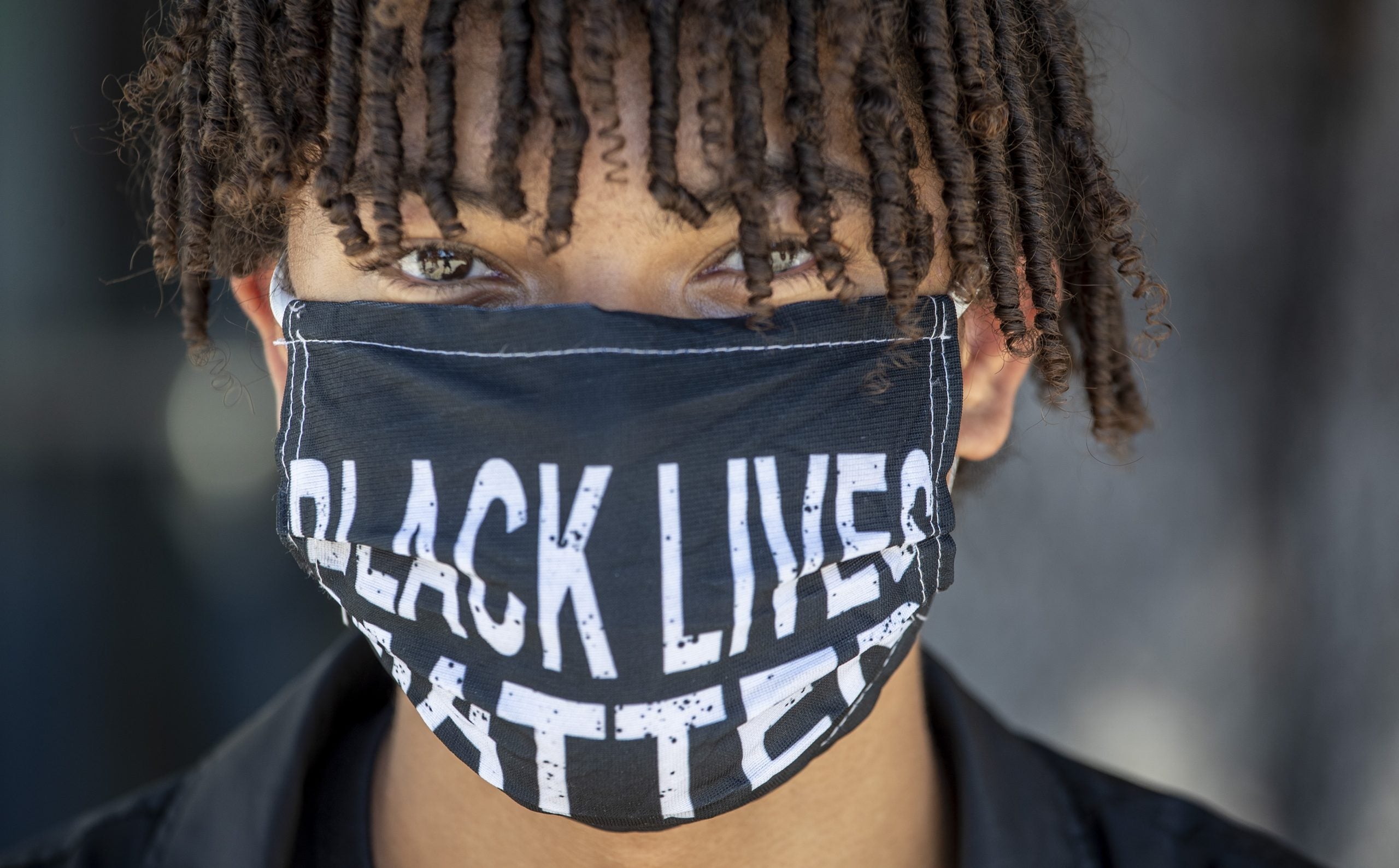
Exclusion has been a defining characteristic of the United States. This country was founded on stolen land and human bondage, and discriminatory policies served as the scaffolding to build the nation. Throughout the 20th century, the federal government made its greatest investments in its citizens by building the White middle class while excluding Black families from key programs and wealth-building opportunities. In his book “When Affirmative Action Was White,” historian Ira Katznelson explained that the federal government “functioned as a commanding instrument of White privilege.” And even with the ground gained during the civil rights era, the damage was already done. “The Civil Rights Movement ostensibly ended White advantage by law…. But these laws did not correct the harm nor restore what was lost,” explained writer Nikole-Hannah Jones.
Today’s movement is an extension of the long struggle to overcome our nation’s original sins, and finally make the investments that have benefited White people available to all people. Movement leaders and coalitions such as Movement for Black Lives and BYP100 have advanced policy platforms that center the needs of Black people by addressing issues ranging from investing in communities, ending the carceral state, advancing economic justice and increasing access to health care. With so much at stake, this moment also requires us to examine whether the government as structured is capable of implementing the changes being fought for; otherwise we risk undermining the success of these critical proposals. Fortunately, movement leaders have also helped the public understand our institutions are part of the problem, where seemingly neutral policies can produce racist outcomes.
“What’s so exciting about this moment is that we are recognizing that racism is indeed institutional and structural,” activist and scholar Angela Davis explained in a recent interview. “It is embedded in the very fabric of this country, and we’re trying to figure out ways to begin to initiate the process of eliminating that racism.” To understand just how deeply racism is embedded in our systems, all you have to do is examine any Black community.
In St. Paul, Minnesota, the Rondo neighborhood was a vibrant Black community with many thriving businesses and social clubs. In the 1960s, like so many other Black communities before it, a highway cut through the neighborhood, displacing dozens of Black-owned businesses and thousands of residents. Such highway projects were seen as important in serving the growing number of White households in the newly formed suburbs and an opportunity to “redeem” urban areas by clearing out already segregated Black communities.
Some 40 years later, St. Paul and Minneapolis officials began designing plans for a new transit line to connect both cities as part of the city’s light rail system. Unlike the devastating transportation project that predated it, this plan was solely guided by federal funding requirements for a cost-effective approach, favoring fewer stops and longer trips. And yet, due to persistent segregation and neighborhood patterns, these requirements benefited Whiter, higher-income commuters and completely bypassed three of the lowest-income, most diverse neighborhoods—what was once Rondo.
Access to transportation would give these segregated neighborhoods greater access to employment and other opportunities in the region, and yet they were entirely excluded from the plan. In fact, studies show that transportation is “the single strongest factor in the odds of escaping poverty.” Residents organized the Stops for Us campaign with the rallying cry “we don’t want another Rondo!” After four years of organizing and advocacy, the campaign secured the three stops they sought and prompted the Obama administration to change its funding formula to consider other measures for how a transit project will benefit a community.
Even with good intentions, government leaders were championing plans that would reinforce neighborhood segregation, undermine social mobility and cater to White communities. All to stay in compliance with “color blind” federal policies. “It was probably the starkest, in-your-face example of the deficiencies of how the administration was evaluating these projects,” explained former Federal Transit Administrator Peter Rogoff. These are the sorts of practices that too often go unnoticed and unchecked and make the difference in whether a policy will actually work.
While community input is always necessary, federal leaders should not rely solely on the efforts of residents to fix government structures and practices. With the election looming, not only should leaders adopt the sorts of policies championed by Black movement leaders, they must commit to ensuring that the federal government proactively works to ensure all of its actions are anti-racist and produce equitable outcomes.
For example, federal leaders can conduct a racial equity audit of each agency’s statutes, regulations and programs to identify policies that, by design or effect, negatively impact Black households. And just as Congress scores legislation to understand its impact on the budget, the government should score all applicable investments and programs to gauge which are equitably serving Black people,and which are currently falling short. White House economic advisers should also commit to using new measures for the health of the nation’s economy that holds them accountable to our disparities, such as focusing on the Black unemployment rate, which is consistently twice as high that of White workers. And every new administration should commit to ensuring all appointments, nominations and senior staff positions are filled with candidates who not only reflect the diversity of the nation but also have demonstrated a strong commitment to racial equity.
City governments across the country are already taking similar steps. Since 2012, Seattle has been using racial equity impact assessments to guide its budgeting and policy-making decisions, which have informed policy changes, such as ones that helped the city triple contracting dollars going to women- and minority-owned businesses. These are relatively simple fixes to help leaders hold themselves accountable to the potential costs and benefits of any given policy, and determine where existing policies fall flat. The federal government should hold itself to such a standard to ensure all people are being equitably represented.
The barriers that have long harmed Black people—social and economic exclusion, community disinvestment and government neglect—have been allowed to fester and are hurting more people than ever before, including large swaths of White people. As our country continues to diversify, it is clear that whatever happens to people of color, particularly Black people, will determine the fate of the nation. We now have an opportunity to honor the demands expressed in the streets by transforming our institutions to be ready for those demands. It is time to remove anti-Blackness from our policies and institutions to ensure we truly have a government for the people.







Tracey Ross is a writer and advocate who leads federal policy and narrative change efforts for PolicyLink, a national research and action institute advancing racial and economic equity.






